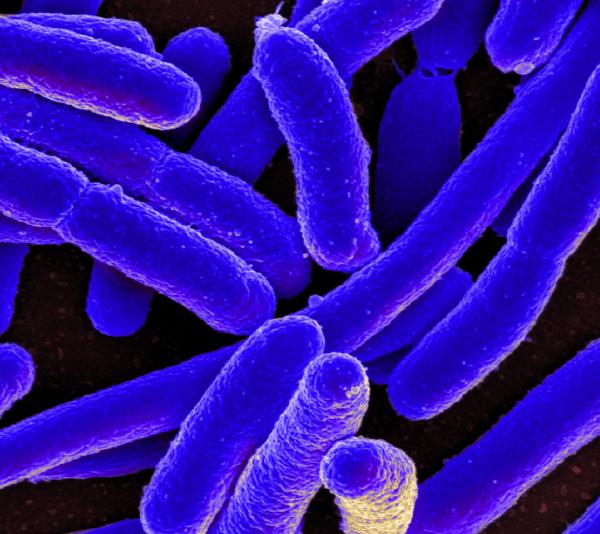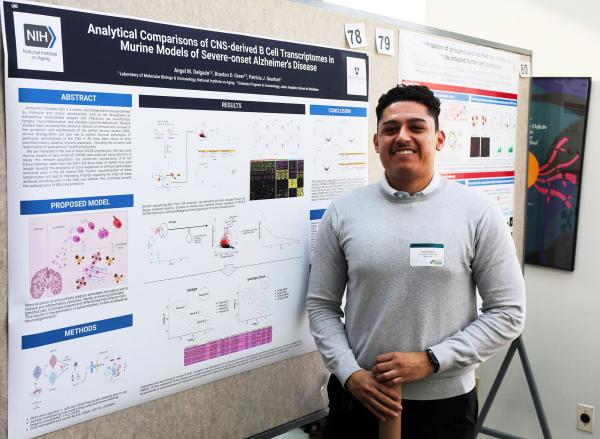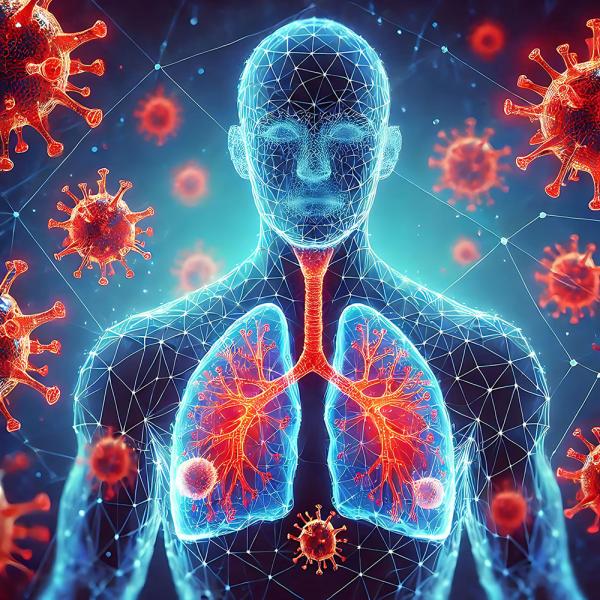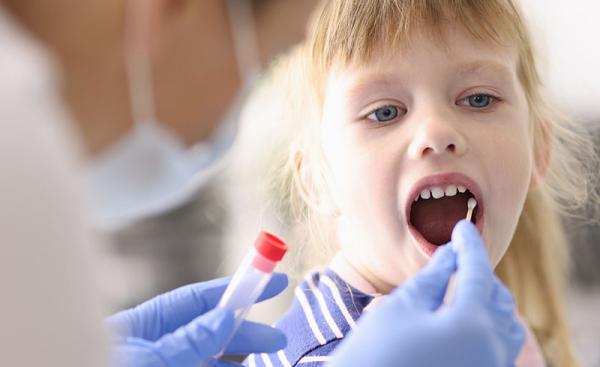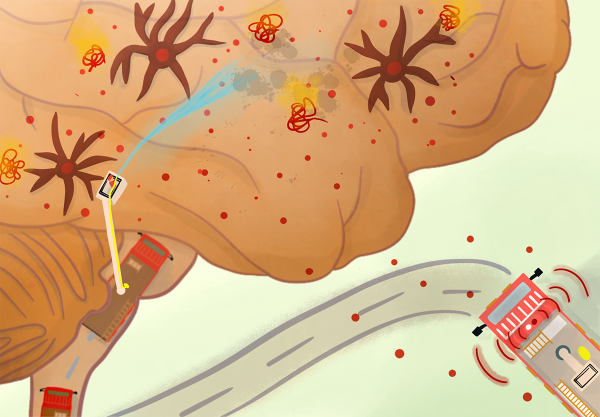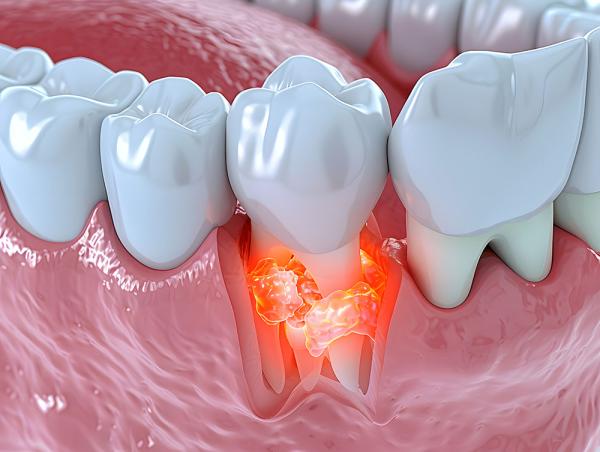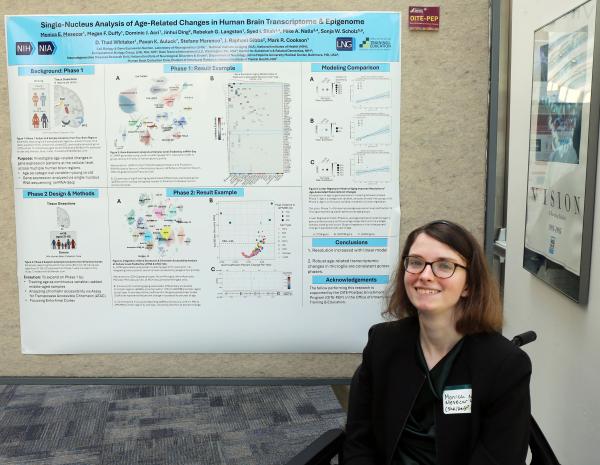A Promising New Tool to Combat Antibiotic-Resistant Bacteria
IRP Research Demonstrates the Perks of Overlooked Immune System Molecules
Countless Hollywood romances rely on the trope that, every so often, it turns out the thing you’ve been searching for has been right in front of you all along. Thanks to new IRP research, a molecule long-studied for its role in directing immune cells’ movement around the body is being seen in a new light as a potentially important player in medicine’s life-or-death struggle against antibiotic-resistant infections.

